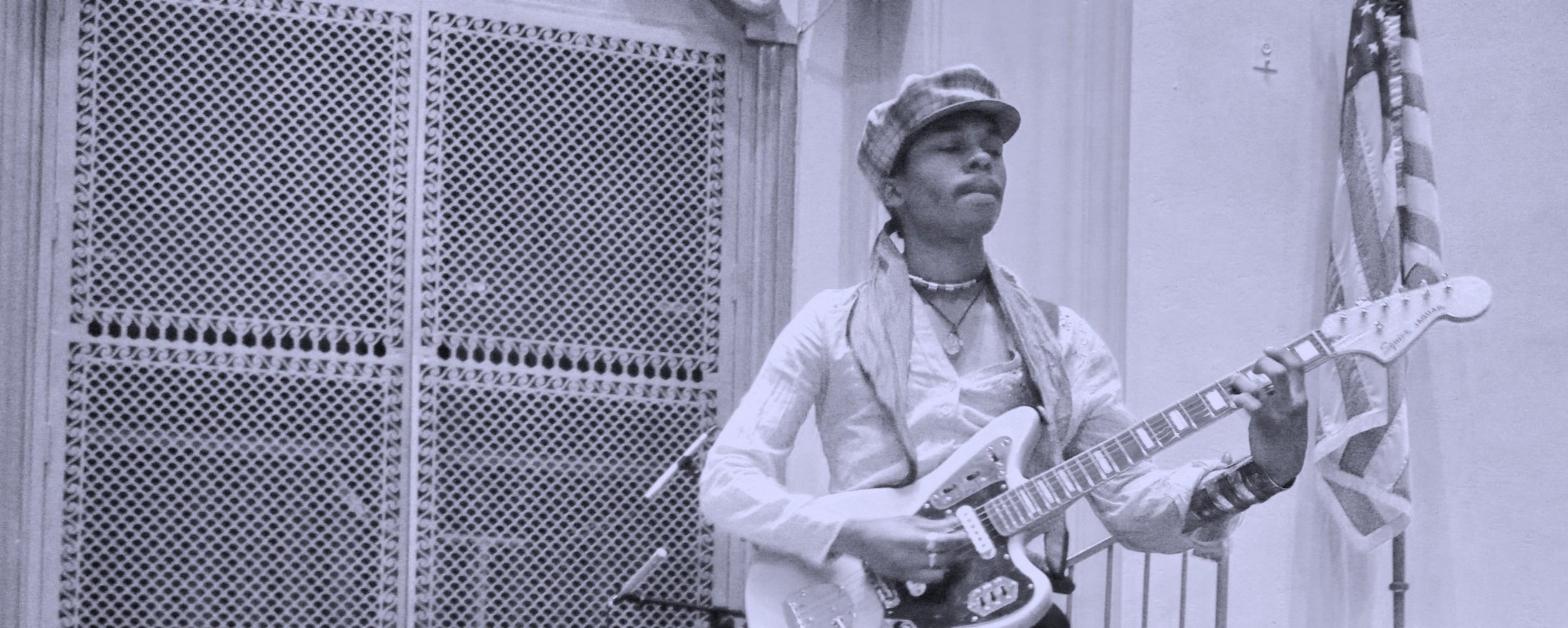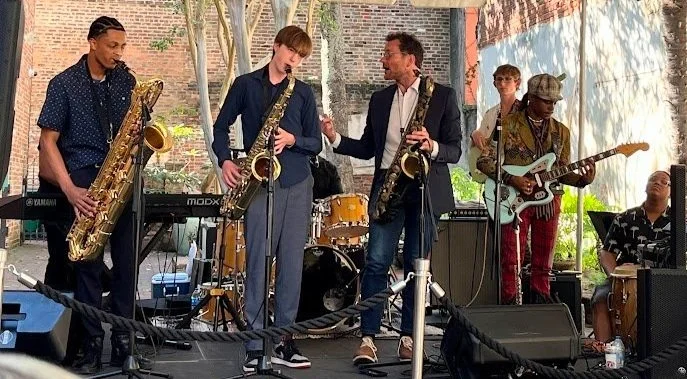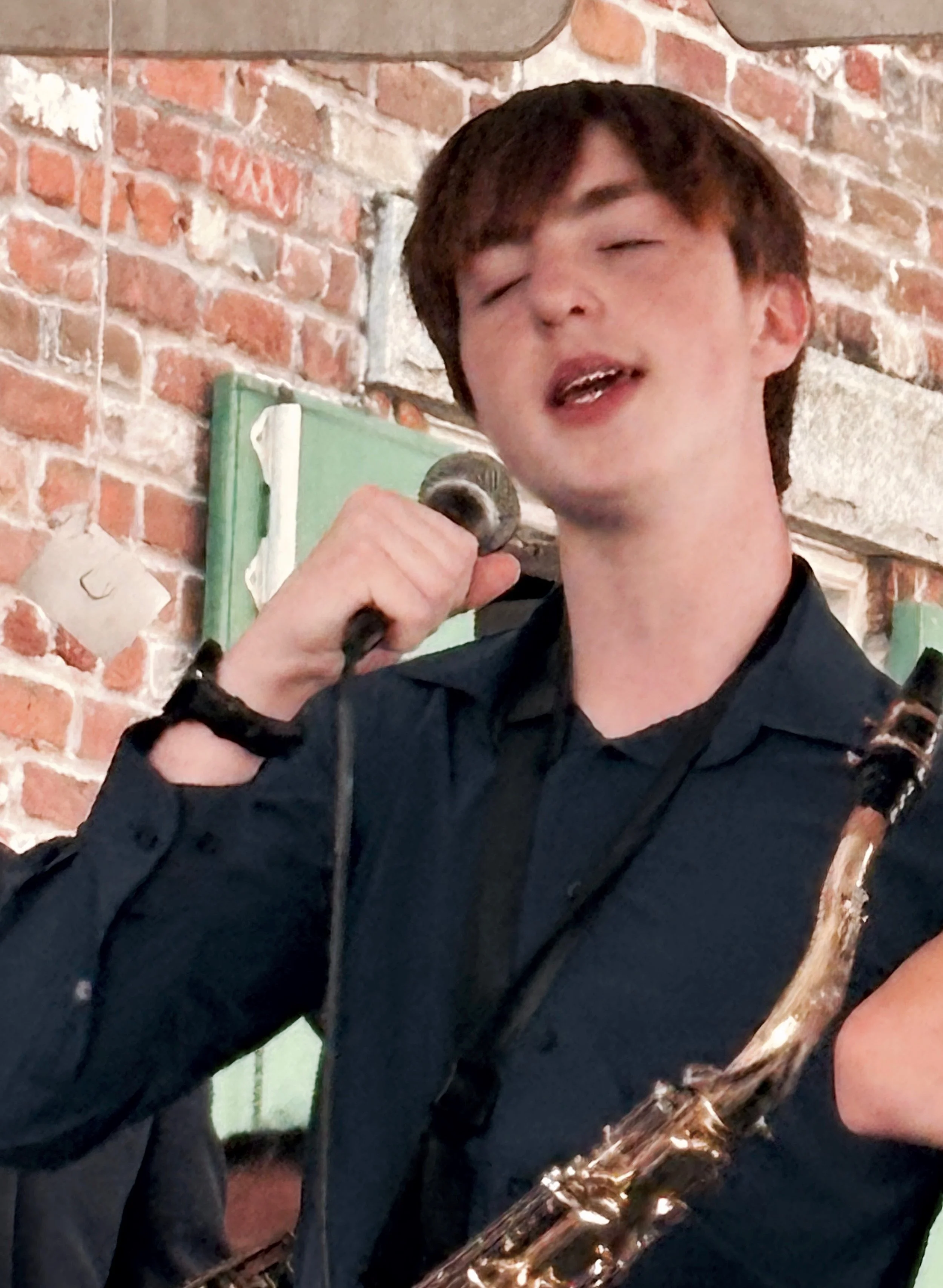
What is
Experiential Arts?
Artmaking has served to connect communities, reflect cultures, and relate human experiences for tens if not hundreds of thousands of years.
Art has always been experiential.
Experiential Arts (EA) is a participatory approach to artmaking that serves to connect, reflect, and relate human experiences.
EA renews artmaking to its communal nature by breaking the “fourth wall” in arts experiences and inviting audiences to become active participants rather than passive spectators.
EA calls on artists to create art with audiences, as an alternative to presenting art to, for, or at audiences.
EA withdraws from the artistry already within participants as an alternative to depositing “the arts” from the outside in.
EA can apply to all mediums of art and requires minimal resources or expenses to facilitate.
EA works to break down barriers in the arts and arts education including artistic, cultural, socioeconomic, geographic, and more.
EA can act as an antidote to the rise of Artificial Intelligence and future technologies which stand to automate, individualize, and objectify artmaking exponentially.
Video: Check out the NO FEAR Ambassadors’ debut performance at French Quarter Fest in April 2025.
What is
Experiential Learning?
Experiential Learning is a framework for how humans learn, develop, and create meaningful change throughout their lives.
Specifically, NO FEAR’s work is informed and inspired by pioneers in the field of Experiential Learning including John Dewey (Art as Experience), Maxine Greene (Releasing the Imagination), Paulo Freire (Pedagogy of the Oppressed), and Mihalyi Csikszentmihalyi (Flow: The Psychology of Optimal Experience).
Building off the conceptual frameworks of contemporary researchers, including David Kolb (1984) and Lori Custodero (2002), NO FEAR invites young artists to:
Experience: We introduce students to participatory arts experiences that present new perspectives for artmaking and the purposes it can serve—a process that withdraws on the artistry already within students—rather than being deposited from the outside in.
Reflect: We welcome students to express their observations, opinions, and questions about these experiences.
Reimagine: We identify, label, and relate key concepts that are relevant and meaningful to students. We then analyze these concepts and consider new possibilities for artmaking and the purposes it can serve.
Experiment: We apply students’ newly acquired knowledge to the creation of communal and participatory arts experiences—a process that develops participants’ artistry and reinforces learning by doing.
What are examples of
Experiential Arts?
Participatory Music Performances
Social Dance Practices
Experiential Visual Art
Standup and Improv Comedy
Immersive Theater
Interactive Food and Cooking Demonstrations



